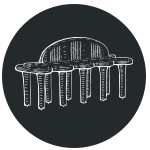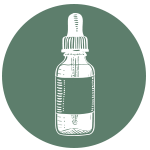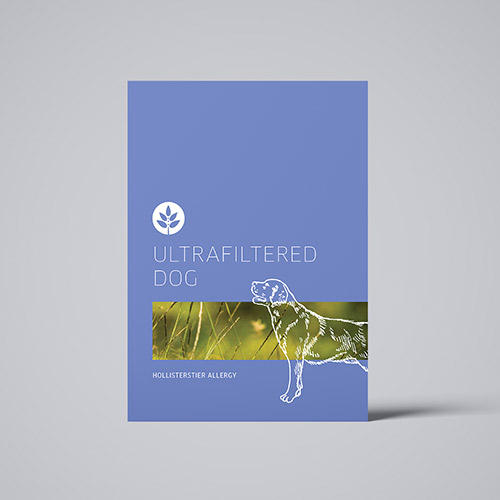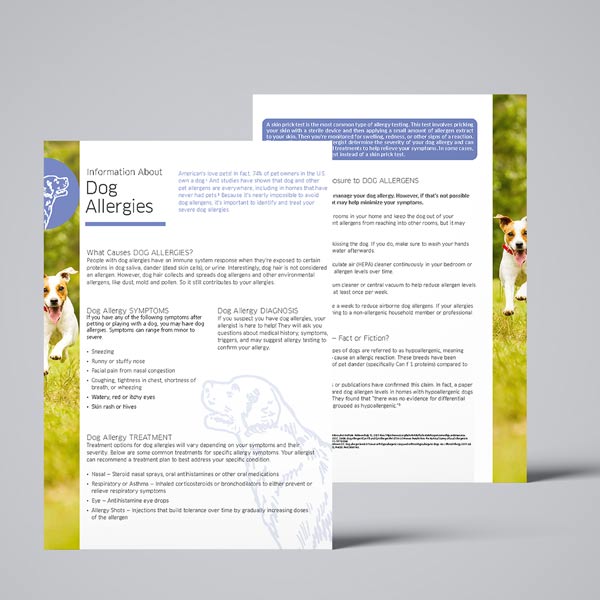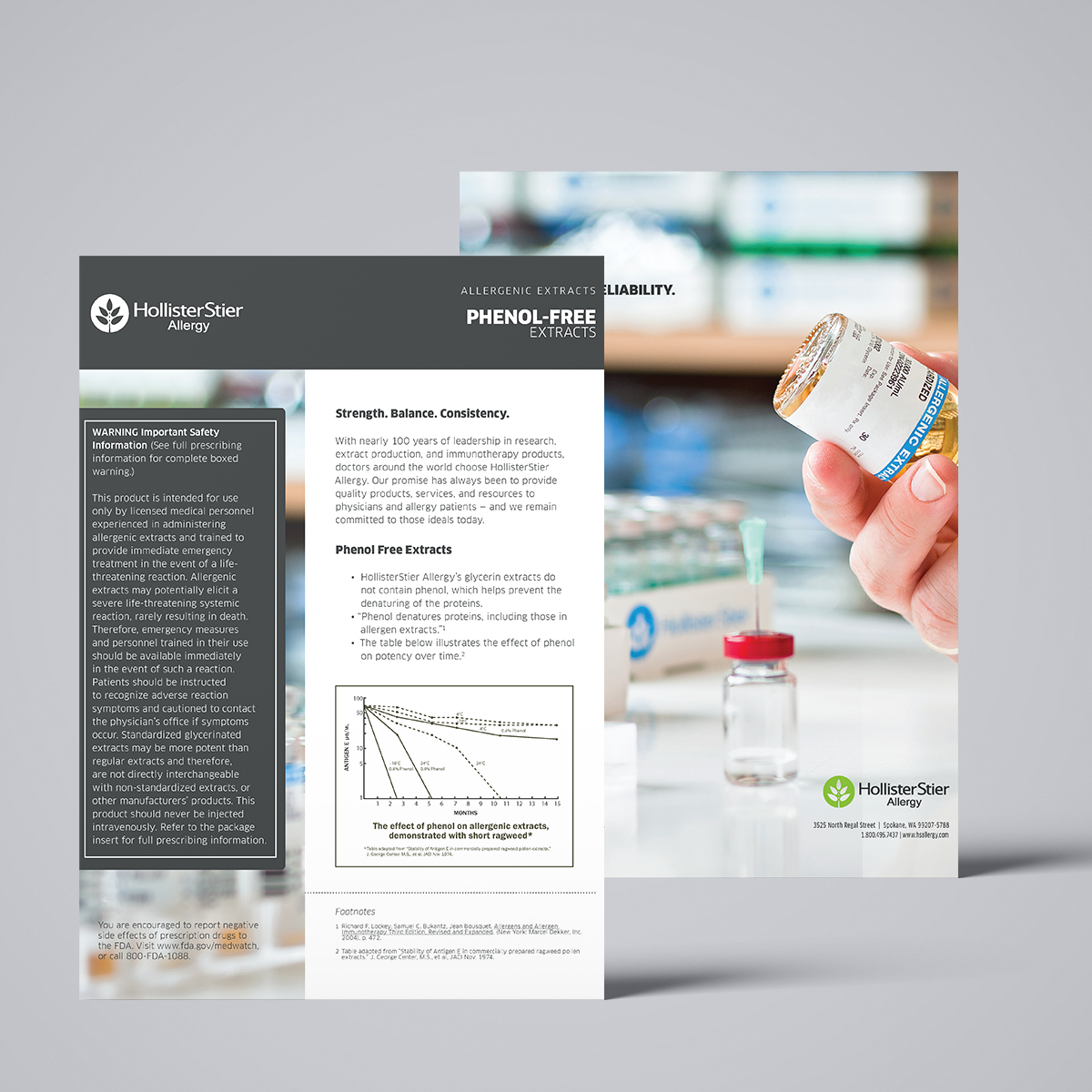Dog Hair Extracts
Therapeutic Relief from Dog Allergies: Ultrafiltered Dog Hair & Dander Extracts
Are your patients still struggling with the distressing symptoms of dog allergies, even after undergoing treatment? The use of lower-concentration extracts can result in false negatives, leaving patients without the much-needed relief from their dog allergies.3
Experience a solution for accurate allergy diagnosis and efficient dog allergy treatment: HollisterStier Allergy’s Ultrafiltered Dog Hair & Dander extracts.
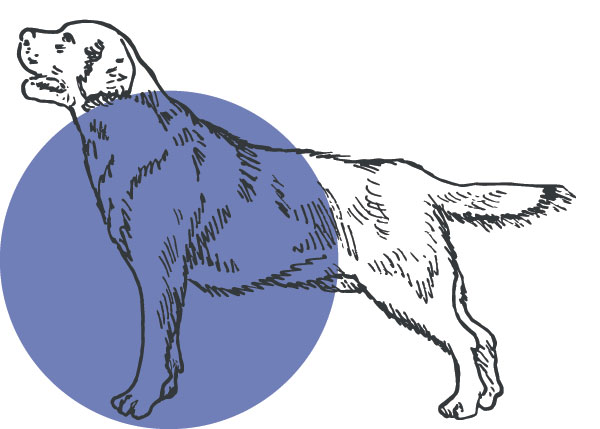
Why Choose Our Ultrafiltered Dog Hair & Dander Extract?
- Optimal Treatment Supported by Studies: Our Ultrafiltered dog extracts adhere to the recommended dosage of 15 mcg of Can f 1, providing reliable and effective treatment for dog allergies that align with Practice Parameter guidelines.¹
- Precipitate-Free Equivalency: Ultrafiltered Dog Hair & Dander extract provides the equivalent efficacious dose to AP Dog Hair extracts, ensuring dependable and consistent results without precipitate formation.²
- Shot Volume Reduction: Ultrafiltered Dog extracts require a minimal volume maintenance dose of just 0.5mL compared to 3mLs for conventional dog extracts³, significantly reducing patient discomfort during administration.
By choosing Ultrafiltered Dog Hair & Dander extract, you’re choosing recommended concentrations and reliable results.1 Provide your patients with the relief they deserve.
WARNING Important Safety Information (See full prescribing information for complete boxed warning.)
Intended for use only by licensed health care provider experienced in administering allergenic extracts and trained to provide immediate emergency treatment in the event of a life-threatening reaction. Observe patients for at least 30 minutes following administration. Immunotherapy may not be suitable for patients with medical conditions that reduce their ability to withstand a systemic reaction. Allergenic extracts can cause serious systemic reactions, including anaphylactic shock and in rare cases death, especially in patients who have severe or steroiddependent asthma, cardiovascular disease, or in patients who use beta blockers. Do not inject intravenously. This product is intended for subcutaneous injection for immunotherapy and percutaneous use for diagnosis. Refer to contraindications, warnings, precautions, adverse reaction and over dosage for more detailed information.
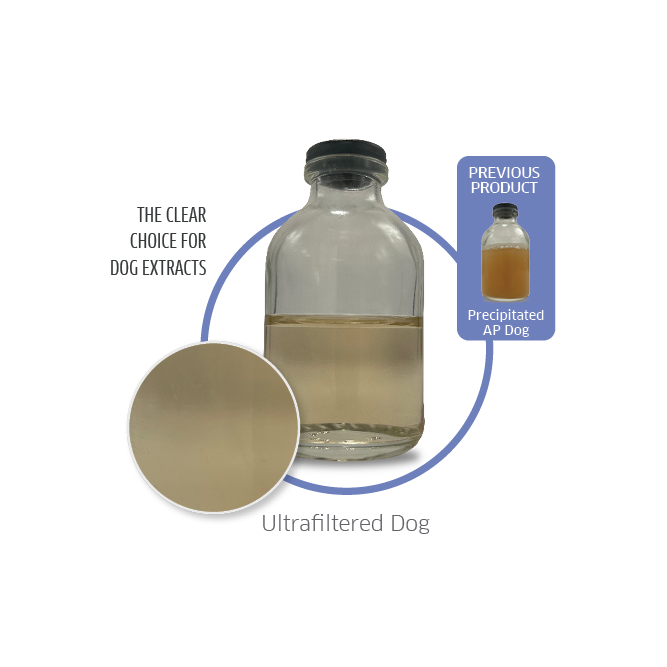
How to Order Ultrafiltered Dog
HollisterStier Allergy has transitioned from AP Dog to UF Dog. Customers are able to order UF Dog from the ordering portal or by placing an order with customer service.
Transitioning is simple for both practices and patients. When switching patients on maintenance immunotherapy with an established dose of AP Dog, follow the standard transition protocol as you would with any other allergy extract. Refer to the Product Insert for dosage recommendations & additional product details.
Related Products
Resources
²Internal Data on File
³ J.C. Turbeyville, M. Nelson, C. Mikita. Discordance Between Conventional and Acetone Precipitated (AP) Dog Extract in Skin Prick Testing. The Journal of Allergy and Clinical Immunology, Volume 121, Issue 2 (2008). DOI: https://doi.org/10.1016/j.jaci.2007.12.234

